The first and the most important step before you start SEO of a website is Auditing. By auditing, we mean analyzing a website for required optimization for a better performance in search engine results. There are a large number of factors that a search engine consider while ranking a website for a particular keyword in SERPs (Search Engine Result Pages). So, if not for all factors, we can optimization our website/blog for as many factors as possible. A website audit is an examination of page performance prior to large-scale search engine optimization (SEO) or a website redesign. Auditing your website can determine whether or not it’s optimized to achieve your traffic goals, and if not, how you can improve it to increase performance.

The whole website analysis or auditing can be done by analyzing a website for most common factors like Meta Tags, Google Analytics & Webmasters Integration (Learn About Integration of Google Analytics, Webmaster & URL Redirection), Page Speed, Broken Links, Alt Tags, Social Media presence etc. Now we will discuss in detail about all the factors to be analyzed while doing SEO auditing of a website.
1. Title Tag:
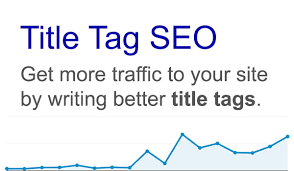
First of all check for the presence of “Title” tag for all the pages of the website including Home Page. You can do this by opening source code for all the major landing/services pages of the website by hitting “Ctrl+U”. Once the source code is opened, simply find for Title tag by pressing “Ctrl+F” and typing in Title. If the Title tag is present, then check if it is optimized for search engines? Check the length of Title tag which should be max 70 characters or 600 pixels. If it exceeds this limit, it will be displayed truncated in search results. Use “Moz Title Pixel Checker” for checking Title pixel length.
Standard Format: <title>Your Website Title Text</title>
2. Meta Description:
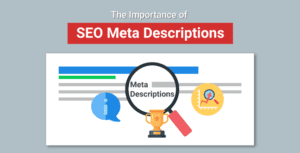
Another Meta Tag which is very important is “Meta Description”. Meta description allow you to influence how your web pages are described and displayed in search results. A good Meta Description can be of max 300 characters (including spaces) and it should include all the important keywords of that specific web page. You can check Meta Description tag in source code of web page.
Standard Format: <meta name=”description” content=”This is an example of a meta description. This will often show up in search results.”>
3. Image Alt Tag:

Alternative text allows you to add a description to an image. Since search engine crawlers cannot see images, they rely on alternative text attributes to determine relevance to a search query. Alternative text also helps makes an image more likely to appear in a Google image search and is used by screen readers to provide context for visually impaired users. Alt Text should not exceed 150 characters for a particular image.
Standard Format: <img src=”abc.gif” alt=”Text” height=”42″ width=”42″>
4. Google Analytics:
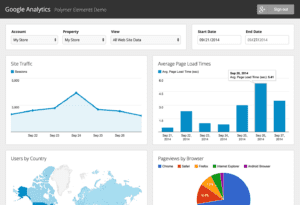

Google Analytics is a free tool from Google and is basically use to capture & analyze website traffic information. Google Analytics is the best tool to get exact information about total no. of users, user sessions, page-views, bounce rate, sessions duration etc. for a website or a blog. For this you need to integrated or add Google Tracking Code for your website. (Google Analytics, Webmaster & URL Redirection ) To check if a website is having Google tracking code or not, simply press ctrl+U for opening the source code of the website’s home page. Search for “UA-“. If found, it means Google Analytics setup is already done for the website else not.
5. Google Webmasters:

Google Webmasters or Search Console is a medium of communication betwwen a website and Google. Google Webmasters usually summarize all the issues related with a website. You can submit xml sitemap there for your website’s crawling & indexing. You can intergrated Google Webmasters setup for your website by placing HTML code, Tag or by verification of website using Google Analytics code. You can learn more about it by referring our post related to Google Webmaters’ setup.
6. Website Page Speed:
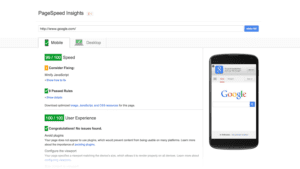
Website’s page loading speed is one of the most prominent factor in improvement the reputation of a website over world wide web. It is usually measured in numeric value. You can check website’s page speed for mobile and desktop devices by visiting this link: Check Website Page Speed
7. W3C Errors:
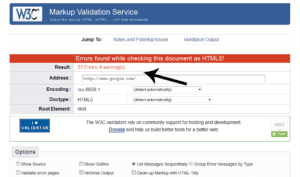
W3C errors occur when a website doesn’t follow some rules related to markup languages like HTML, XHTML, SMIL etc. You can check for W3C errors/warning for your website here: validator.w3.org
8. WWW Redirect:
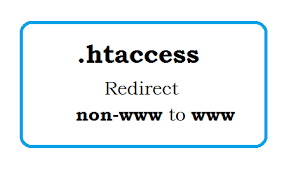
Search engines see www.abc.com and abc.com as different websites. This means they could see a large amount of duplicate content, which they don’t like. So, to overcome this, we need to apply permanent redirection so that our website get redirected to preferred domain from non-preferred domain.





